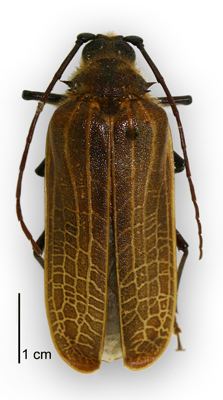New Zealand was separated from other land masses eight million years ago when the Gondwana supercontinent split up and the only mammals found there were bats and marine mammals. This isolation has led to the evolution of native species that may not be found anywhere else in the world such as the huhu grub, a traditional food source for the Maori tribe, and the cricket-like weta. Many behavioral and physical traits have resulted from various species adapting to particular climatic and environmental features in the region. When humans arrived approximately 1,000 years ago, they brought more mammals, significantly impacting the nation’s ecosystems.
Today New Zealand is considered one of the world’s 25 biodiversity hotspots, and some researchers have said that as much as a quarter of the bird species, roughly 80 percent of the vascular plants and more than 90 percent of the insects and shellfish found here are endemic to nation. By sequencing bacterial and archaeal samples from 11 insects, including termites, beetles and caterpillars, researchers hope to learn more about the insect microbiome diversity. They also hope to identify novel microorganisms in the guts of endemic New Zealand wood degrading insects that might be useful for biofuel production. In particular, the researchers want to focus on the microbes in the guts of termites from New Zealand and Australia.

Photo: Birgit Rhode, Landcare Research
Principal Investigators: Mike Taylor, University of Auckland
Program: CSP 2010